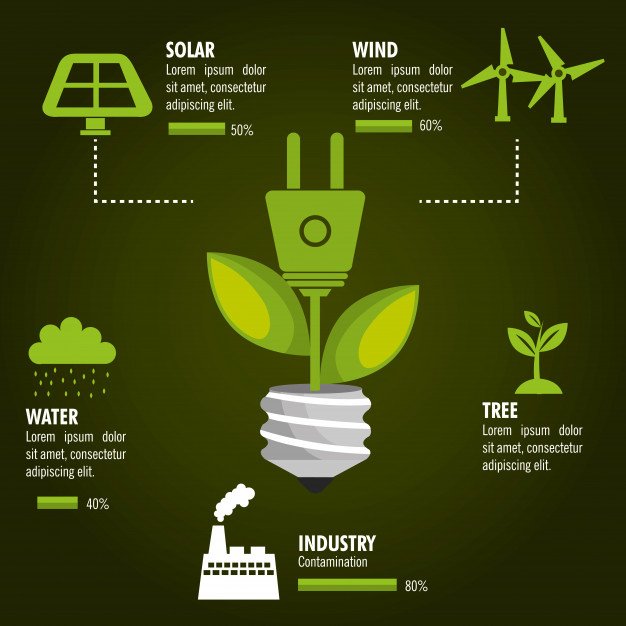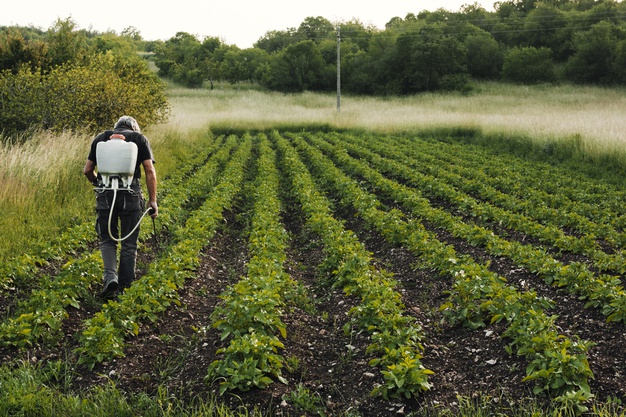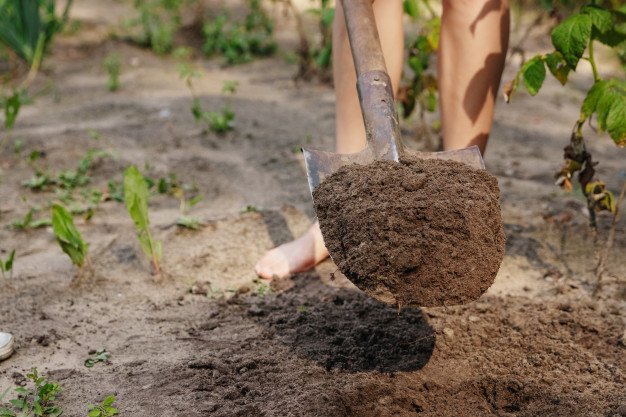‘Climate Change’ is not a myth or a figment of imagination anymore. Renewable sources of energy should be received in a manner that does not produce a change in society.
It is one of the strongest realities, which humankind is experiencing every single day. Global Warming is melting our polar ice caps, spreading wildfires in our forests and exposing humanity to rising sea levels.
Even though international organizations like the United Nations, activists like Greta Thunberg are spreading awareness and consciousness; the voices that matter are not doing enough.
In this article, we will look at why the most powerful and richest country in the world, the United States of America should start taking renewable sources of energy more seriously.
Besides, we will also discuss why it is important not to radically disturb the existing infrastructure in a major way.
Why did the World continue to subsidize the Fossil Fuel Industry heavily?
According to official reports, governments around the world gave nearly $300 Billion worth of subsidies to the fossil fuel industry 2017. This number is expected to cross nearly $400 Billion by 2020. At the same time, the entire world cumulatively gave only $290 Billion worth of subsidies to renewable sources of energy.
Science has claimed that burning fossil fuels in thermal power plants, industries, factories, and automobiles are contributing to global warming in a major way. By using so much fossil fuels like coal, petroleum products, and others, we are overheating our planet.
Companies that deal and do business in fossil fuels are multi-billion dollar corporations. They are some of the biggest corporations in the entire world. It is only natural that they use their influence to lobby for their industry and use their financial clout to stop unfavorable legislative attempts that aim to curb their business.
Most politicians depend heavily on campaign funding from these companies and individuals. The quid-pro-quo dictates that once the politician comes to power, he will help the fossil fuel companies in any which way they require. This prevents progressive legislation, empties state coffers through subsidizations and kills innovation in alternative energy sources.
What are some of the major fallouts of Climate Change and Global Warming?
Almost every day, newspapers and television channels carry news items about uncontrollable forest fires, dust storms, snowing incidents in the desert, hurricanes, floods and rising sea levels. While naysayers dismiss these horrendous incidents, almost the entire scientific community believes it to the direct result of humans destroying their planets.
The entire world is seeing a temperature increase on a year-on-year basis. This is not only causing huge environmental catastrophes but also leading us closer to the extinction of the human race. While efforts have been made to rebuild our forests, plant more trees and go electric, the damage being done is far faster than the rebuilding process.
In late 2019 and early 2020, Australia saw one of history’s worst forest fires. It is estimated that the fires killed more than one billion animals and caused billions of dollars’ worth of destruction to the local economy.
The historical city of Venice was in the news for being completely submerged in water following an increase in seawater levels in 2019. Likewise, 2020 also saw steep cold weather conditions in the Middle East, with snowing and heavy hailstorms being reported from UAE and Oman.
What should we do to stop Climate Change and turn back Global Warming?

While pessimists think that we have already lost the world, many optimists like Greta Thunberg who still believe we have a fighting chance. We must reduce our carbon footprint on a war footing.
To do this government leaders and countries must take pro-active actions to reduce the dependence on fossil fuels and promote renewable sources of energy and alternative sources of energy.
Douglas Healy, one of the most famous legal experts on energy issues states that it is important to find a not destabilize the existing infrastructure in a major way. He states that renewable sources of energy should be ushered in a manner that does not create a crisis in society.
Millions of people are employed in traditional power plants and closing them, down might create problems of a different nature. This is why it is important to use the existing infrastructure and weave away consumers as well as employers away from the traditional fossil fuel industry.
Conclusion
Everyone needs to do his or her bit to save our planet. From doing small things like carpooling to avoiding the use of single-use plastic, we can all come together to rebuild our surroundings. We must plant as many trees as possible to maintain the ecological balance of the world.
What are you doing to help counter the effects of climate change? Let us know in the comments section below.
Read Also:






















